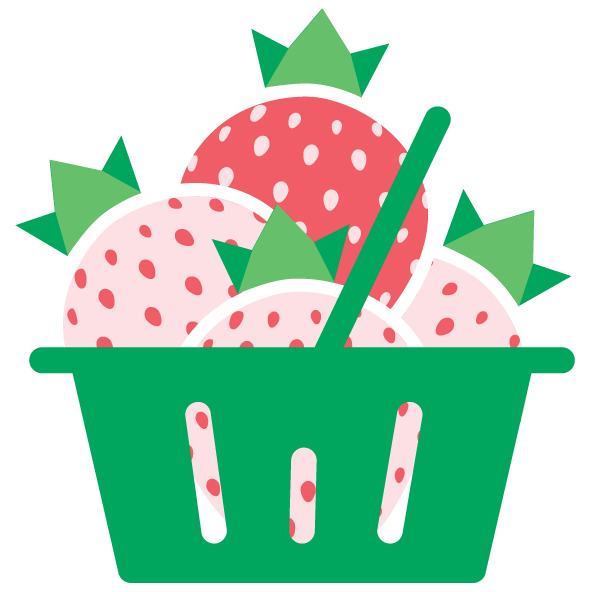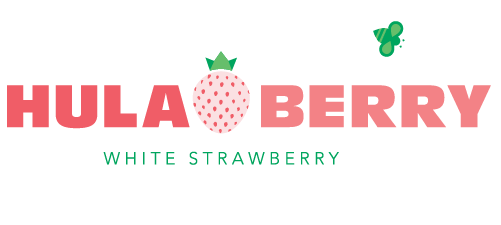





about Hula Berry
Meet Hula Berry®—North America’s original white strawberry with a tropical taste! Smaller than typical red strawberries, the Hula Berry packs a big flavor, reminiscent of pineapple. These non-GMO, extraordinary berries came from an inventive improvement of a very old white strawberry called a pineberry. Using traditional breeding practices of crossing various strawberries, a new and improved white strawberry with better fruit yield, larger berries and sweet yet tangy fruit was born.
a great addition to salads, desserts, drinks and more, shake up your summer with the tropical taste of the Hula Berry white strawberry!
more plentiful with a pollinator
Don’t put bees out of business! Our Hula Berry is sold in various packages for all your gardening needs—from 4-packs to hanging baskets to window boxes.
No matter the package, each will come with four plants: three female Hula Berry white strawberries and one male Sonata red strawberry that is required for cross-pollination.

care
The Hula Berry is not self-fertile, so it’s important to remember the 3:1 ratio: three Hula Berry white strawberries plants for every one Sonata red strawberry to ensure perfect pollination. Each package comes in this 3:1 ratio.
- Hardy to USDA Zone 4
- Season: May–July, the Hula Berry is a June-bearing fruit
- Exposure: Full sun
- Soil: Well-drained with a pH range of 6-7
- Planting: For best results, place outside in an area with plenty of sunshine and airflow where bees can pollinate. When planting into your garden, plant all four plants (3 white Hula Berry, 1 red Sonata) within 12 inches of each other to ensure pollination.
the berries & the bees
Why are some of your berries red? Don’t be alarmed! When bees pollinate the female Hula Berry plants from the male red Sonata strawberries, it’s only natural to see a smattering of red berries born as well. Expect your harvest to produce a mixture of equally tasty white and red berries.
hula history
Once upon a time in the 17th and 18th centuries, North American strawberries, fragaria virginiana, and Chilean white strawberries, fragaria chiloensis, were brought to Europe where they were planted side by side. Because of their sweet meeting so long ago, a new berry was born. From across the globe and back, here is the story of Hula Berry’s journey to your garden.
Want to learn more?
Download our Origin of the Hula Berry infographic.
Ready to Hula?
You’ll be berry glad you did.
Hula Berry is available at these fine retailers.

Download the Hula Berry Kit infographic.

